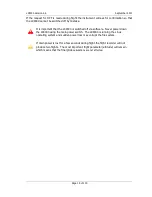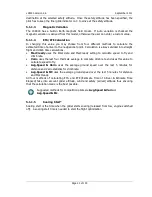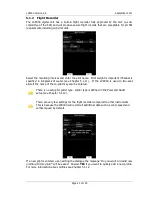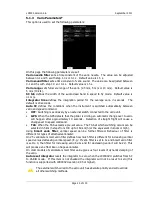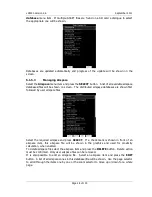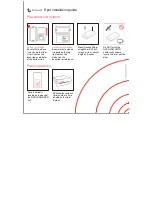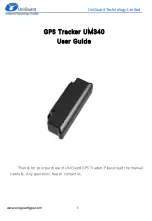
LX9000 Version 2.6
September 2011
Page 23 of 130
destination at the selected safety altitude. Once the safety altitude has been specified, the
pilot has to keep the final glide indicator on 0 to arrive at the safety altitude.
5.1.1.3
Magnetic Variation
The LX9000 has a built-in Earth magnetic field model. If Auto variation is checked the
magnetic variation is derived from this model, otherwise the user can enter a custom value.
5.1.1.4
ETA/ETE Calculation
In changing this value you may choose from four different methods to calculate the
estimated time of arrival to the navigational point. Calculation is always divided into straight
flight and climb time calculations.
•
MacCready
uses the Polar data and MacCready setting to calculate speed to fly and
climb rate.
•
Vario
uses the last four thermals average to compute climb rate and uses this value to
calculate speed to fly.
•
Avg.Speed & Vario
uses the average ground speed over the last 5 minutes for
distance and Vario statistics for climb rate.
•
Avg.Speed & MC
uses the average ground speed over the last 5 minutes for distance
and MacCready.
All four methods of calculating ETA and ETE (Estimate Time of Arrival & Estimate Time
Elapsed) take into account glider altitude, wind and safety (arrival) altitude thus ensuring
that the calculation made is the best possible.
Suggested methods for competition pilots are
Avg.Speed & Vario
or
Avg.Speed & Mc
.
5.1.1.5
Soaring Start*
Soaring start is the time when the glider starts soaring (released from tow, engine switched
off). A soaring start time is needed to start the flight optimization.











